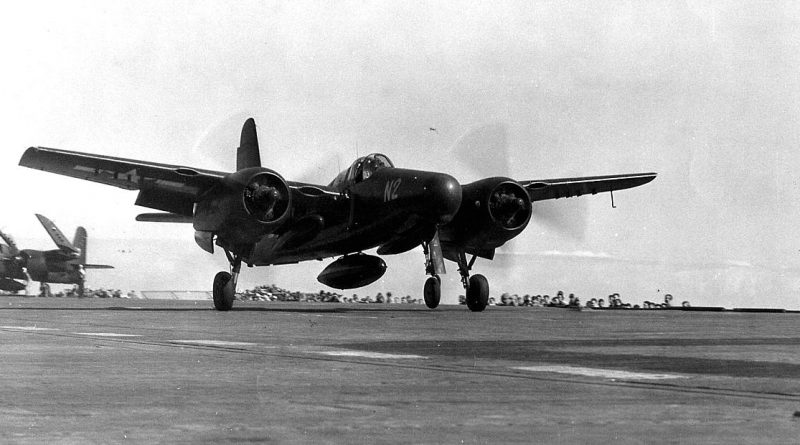20 military aircraft you’ve probably never heard of
Curtiss SC Seahawk
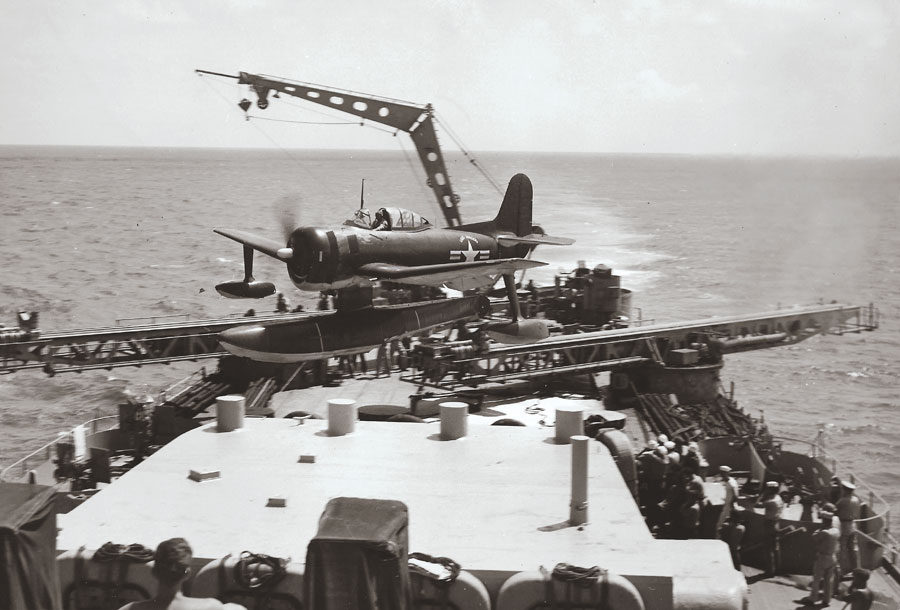
The Seahawk served as a scout for U.S. warships at the tail end of World War II. It featured two M2 Browning .50-cal. machineguns and could carry bombs, depth charges, or even radar on external pylons. If needed, this versatile scout could even rescue aviators or sailors. Entering combat service in 1945, the Seahawk saw the end of scout planes and was phased out for helicopters in 1949.
Consolidated Vultee XP-81
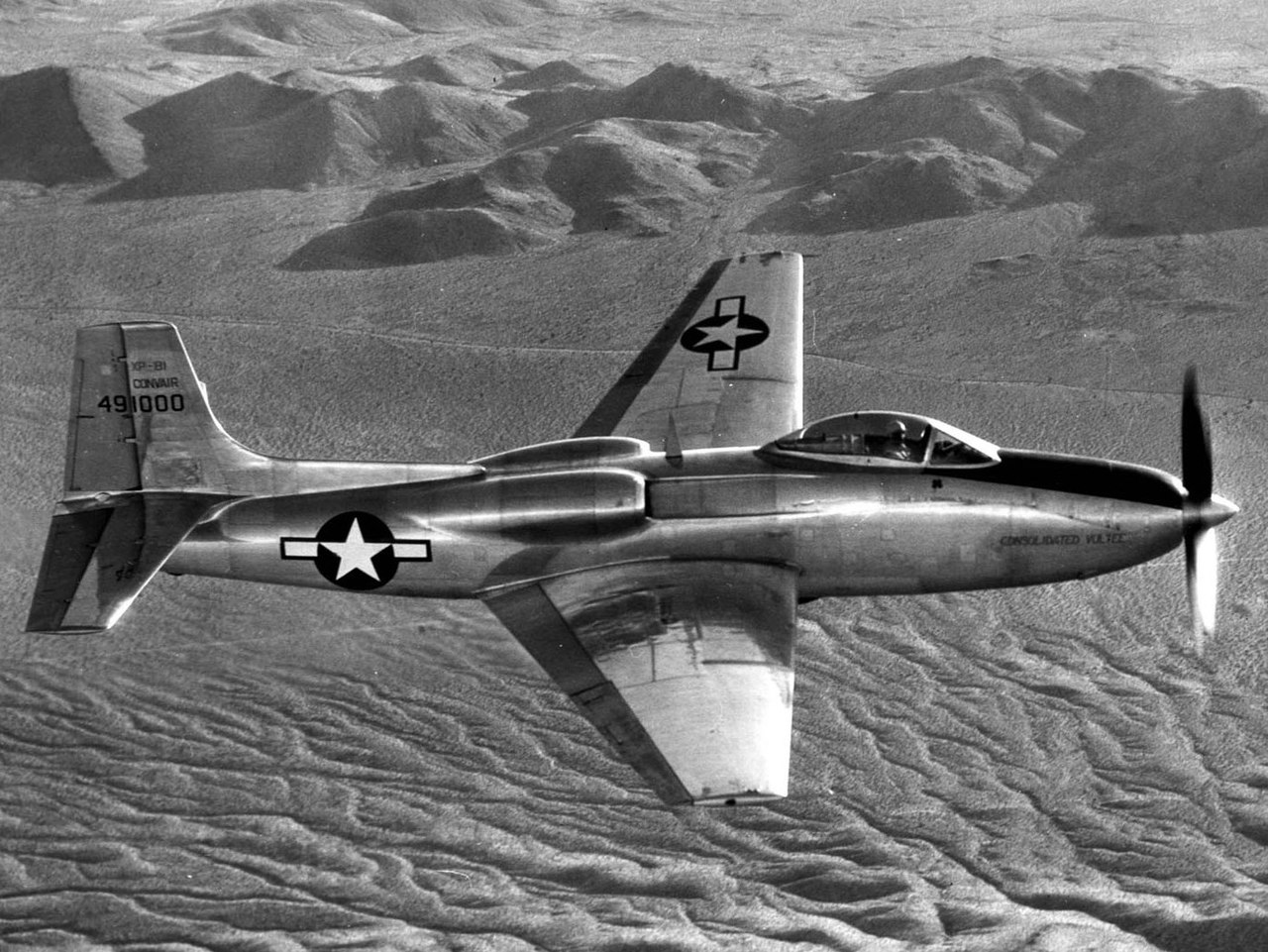
Had we not captured Saipan and Guam, negating the need for long-range, high-speed escort fighters, the XP-81 might have entered production. I am including this platform in the slideshow because a) it looks like the mutant child of an A-10 and a Korean War jet; and b) because it had two cutting-edge engines. The plane was designed to use the General Electric T31 turboprop — the United States’ first turboprop engine — during normal flight. The intakes in the rear fed a General Electric J33 turbojet that the pilot would engage for high-speed operation.
Fisher P-75A Eagle
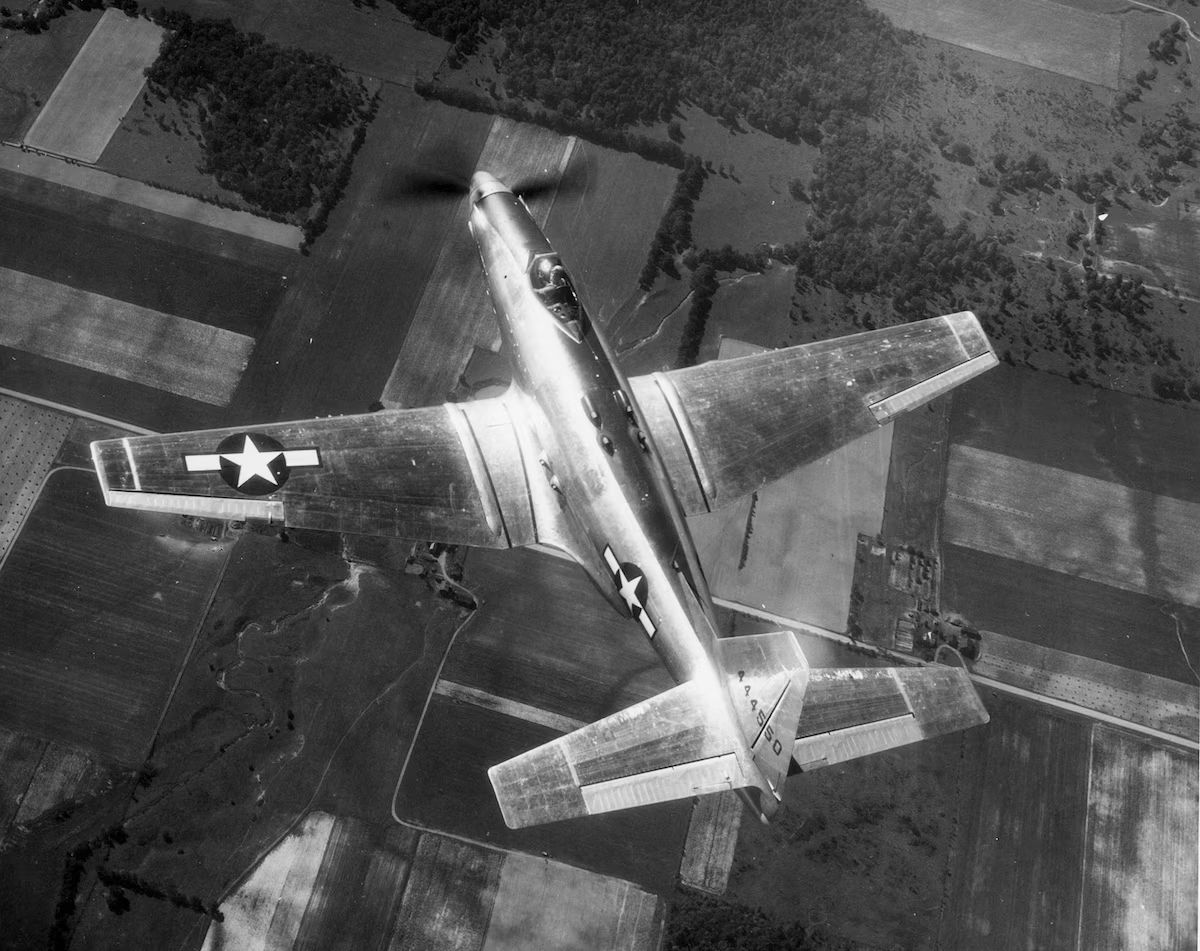
Another goofy looking World War II prototype is (General Motors) Fisher Body Division’s XP-75A. Like the Bell Airacobra, the engine sits behind the pilot, whose bubble canopy is pushed well forward of the wing. The liquid-cooled Alison V-2430 drove co-axial contra-rotating propellers which gave the Eagle a top speed of 430 m.p.h. The Army Air Force ordered 2,500 of these babies, but by Fall 1944, the P-51s and P-47s already in service performed well enough that a new aircraft was not needed and the order was cancelled.
Northrop F-15 Reporter
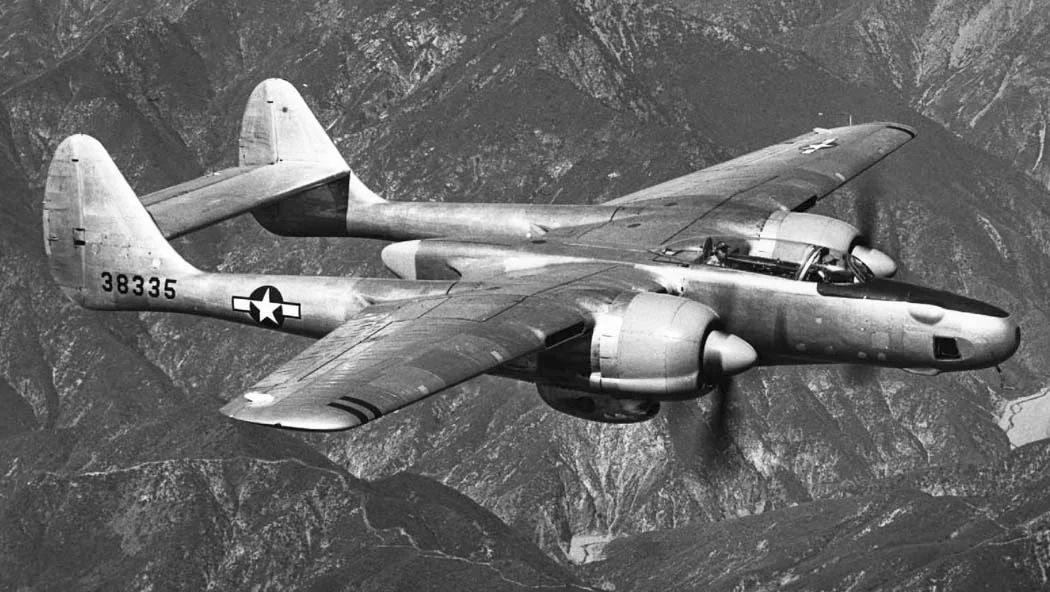
The Reporter became operational just after the end of World War II, being based off the P-61 Black Widow night fighter. The Air Force’s last piston-powered reconnaissance aircraft would not see action until the early days of the Korean War when Reporter crews mapped North Korea.
Grumman F7F Tigercat
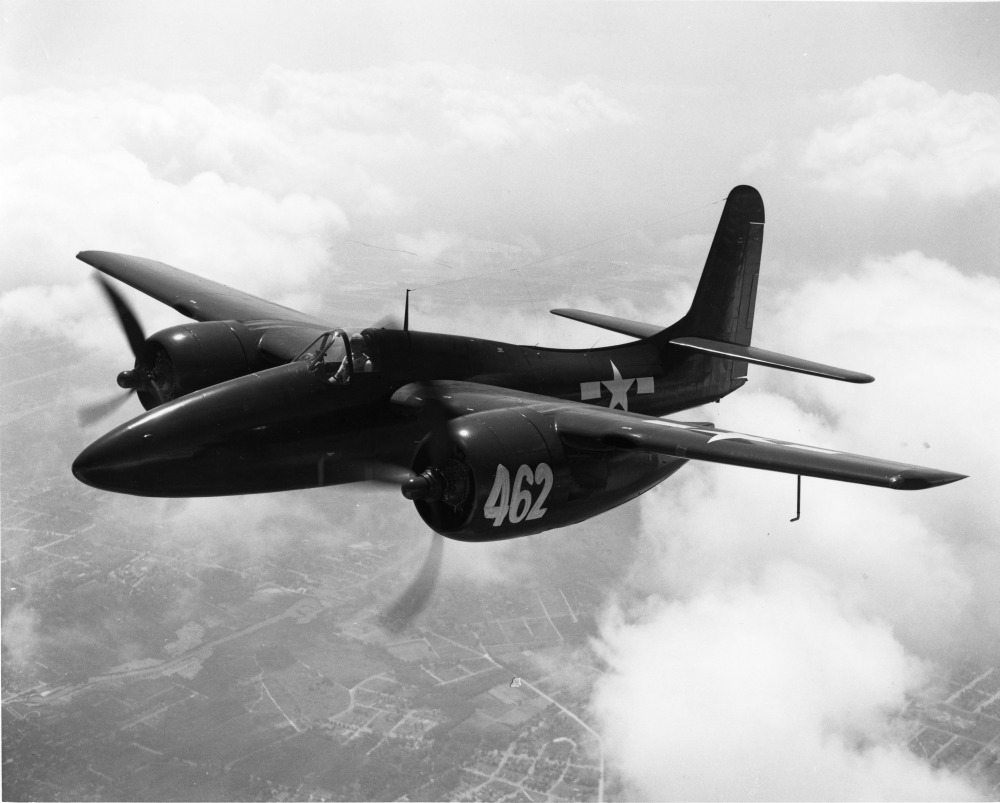
The twin-engine F7F (originally called the Tomcat) was fast, beautiful, and armed to the teeth. Top Navy test pilot Capt. Frederick M. Trapnell called the Tigercat “the best damn fighter I’ve ever flown.” It performed poorly during carrier trials and was limited to airfields. Navy and Marine Corps aviators used them for drone control, ground attack, photo reconnaissance, and night fighter roles.
Vought F6U-1 Pirate
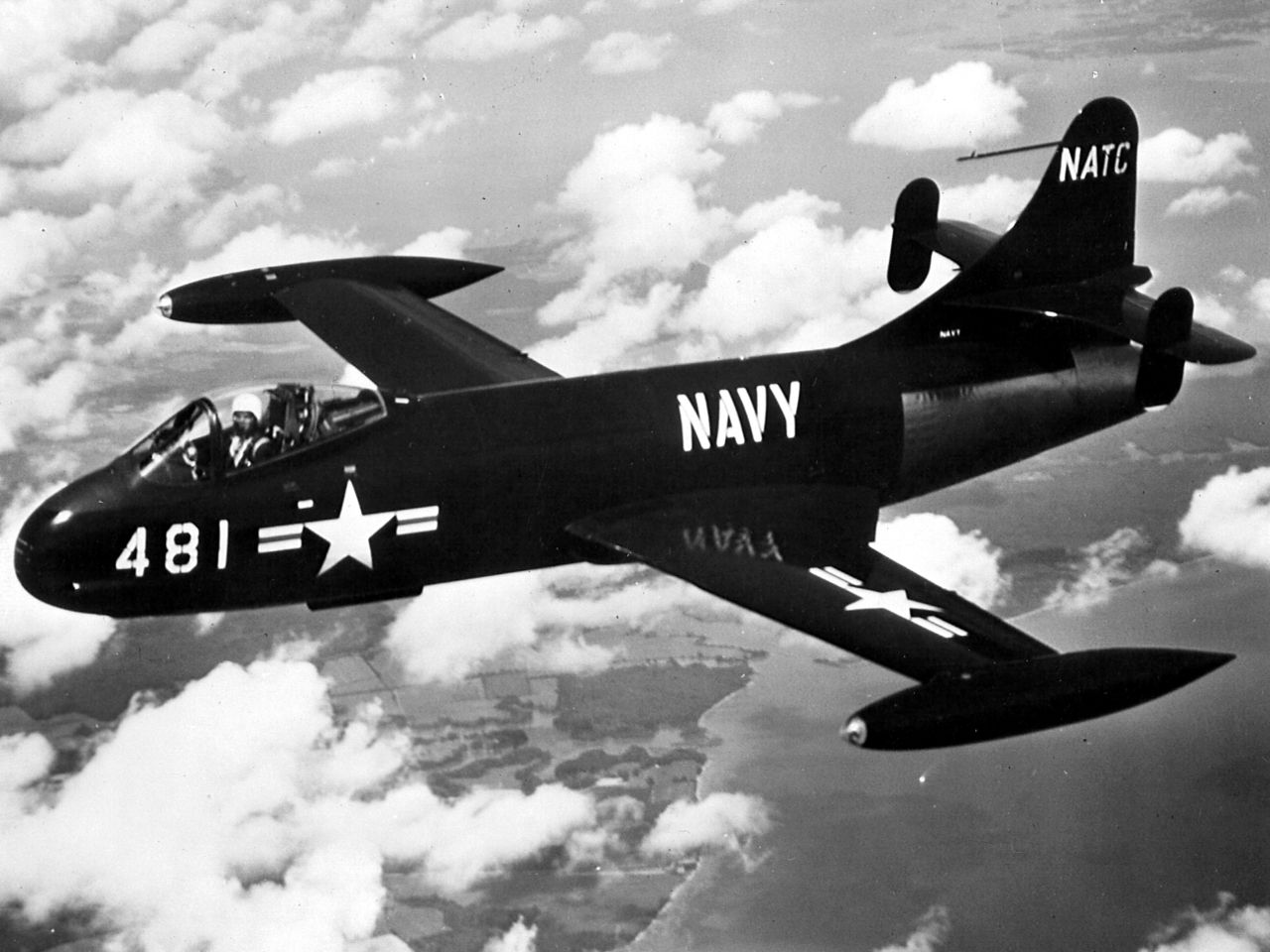
Vought’s first jet fighter was the Navy’s first fighter equipped with an afterburner and featuring composite construction. The aircraft’s skin was made of “Metalite,” which balsa wood wrapped in two thin sheets of aluminum. The vertical stabilizer used “Fibralite” — balsa sandwiched between layers of fiberglass. Most of the flight hours logged by the 33 aircraft were the test run and delivery flight as crews considered their Pirates unacceptable for use in the fleet.
XF-91 Thunderceptor
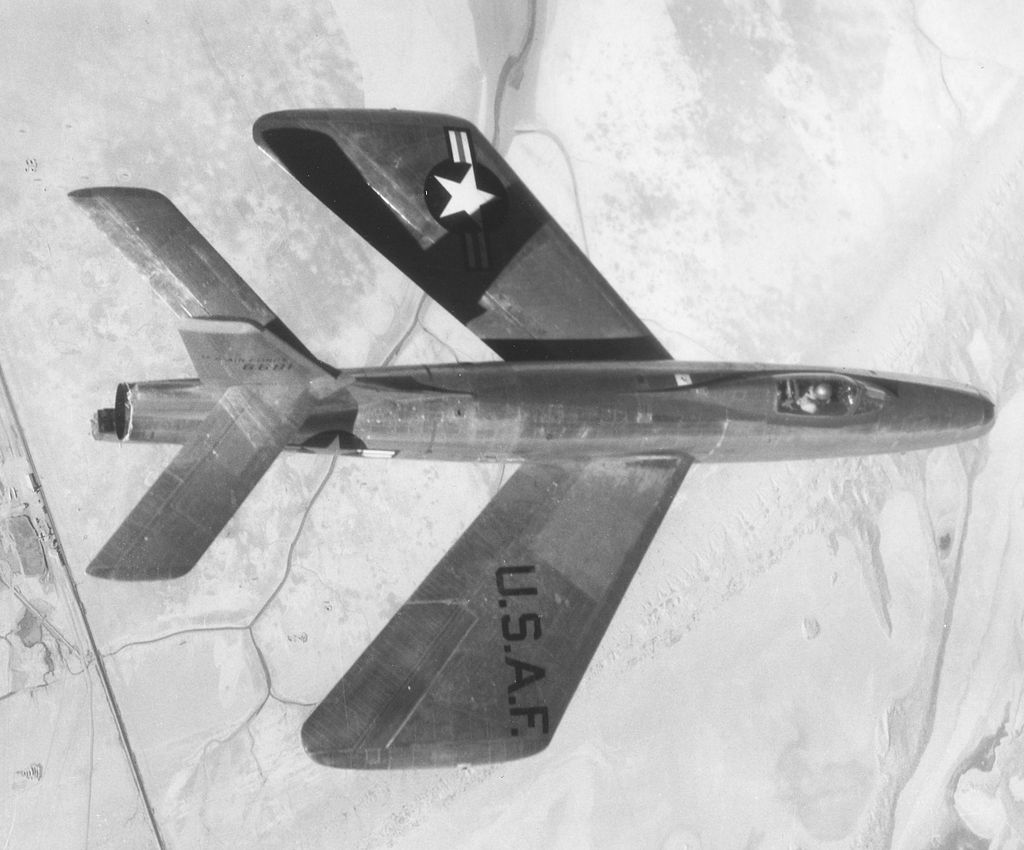
The Thunderceptor looks like an airplane whose wings were installed backwards. In fact, these are inverse-tapered wings, designed to overcome the dangerous”pitch-up” stall which threatened test pilots of swept-wing aircraft 70 years ago. The XF-91 used a jet engine for normal operation and could add power for intercepting targets with its four rocket engines. This was the first fighter-type aircraft to break the sound barrier in level flight, and topped out at Mach 1.71 during testing. Before it could enter production, improvements in jet engine aircraft technology made this jet/rocket combination unnecessary.
Bell X-5
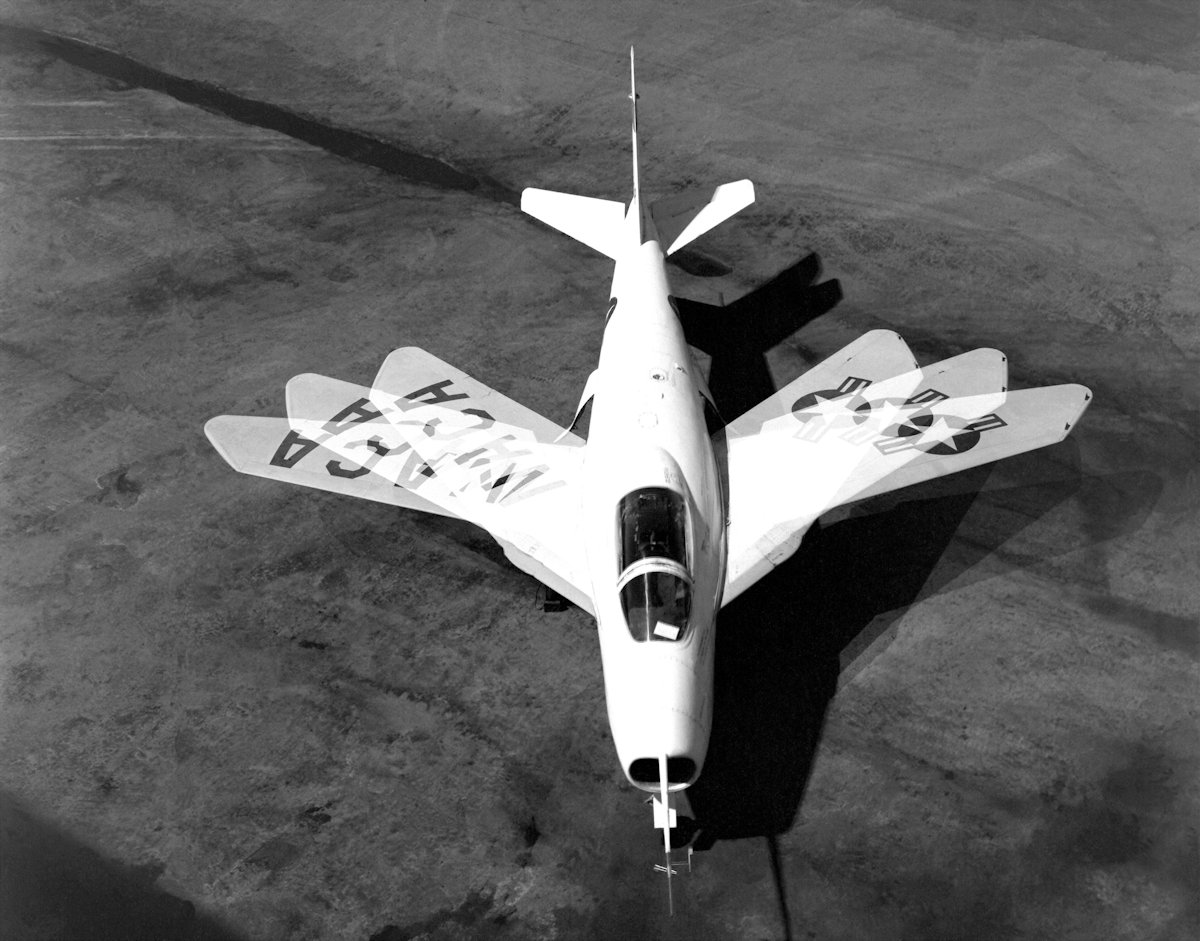
Messerschmitt developed ad a variable-sweep wing during World War II but the P.1101 prototype was not completed by the time the war ended. Bell’s X-5 first flew in 1951 and could be set at 20, 40, or 60 degrees during flight.
Curtiss XF-87 Blackhawk
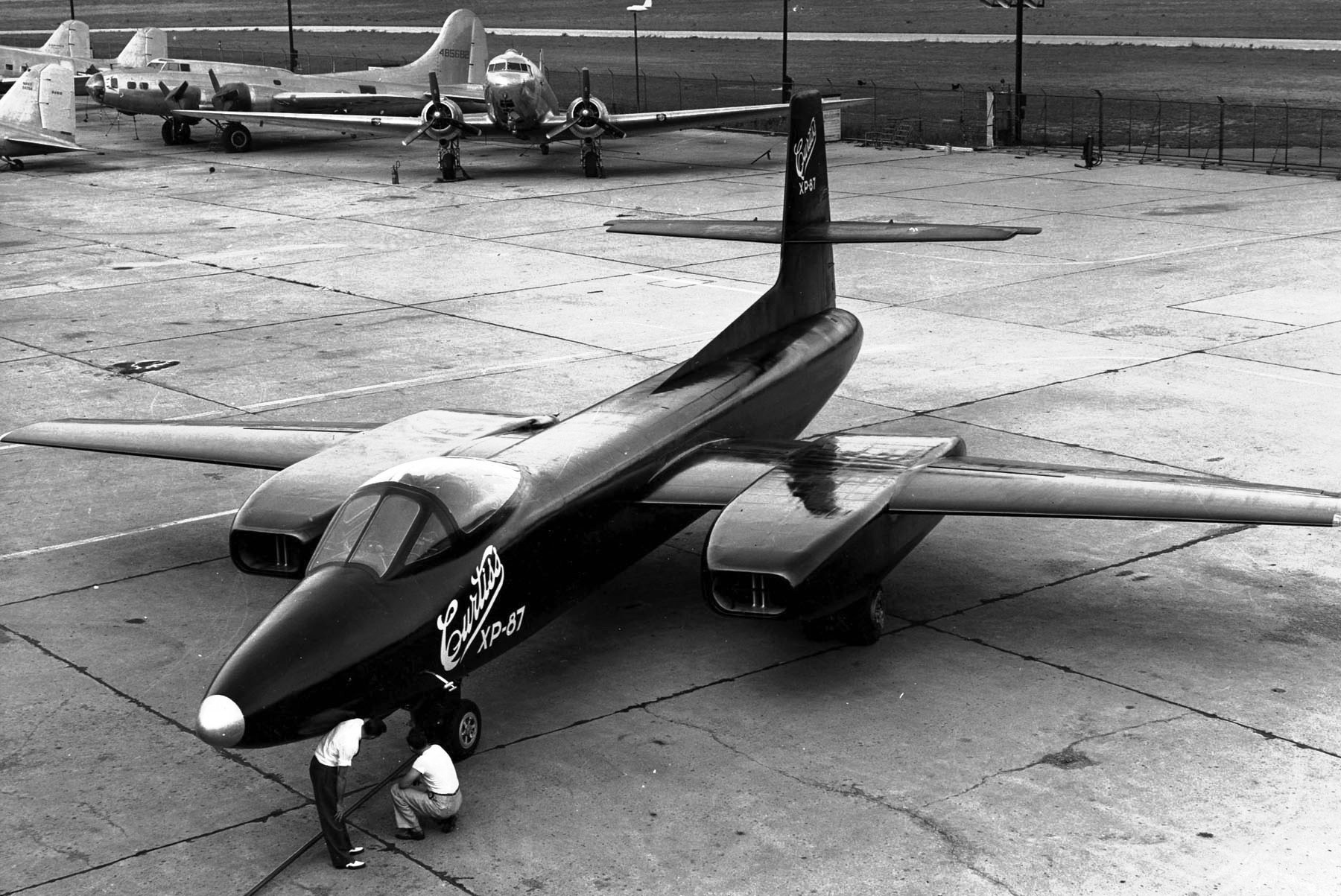
Back in 1948 you could see an experimental jet fighter sharing an apron with B-17s and C-47s. The XF-48 was originally powered by two General Electric J47 jet engines, but performance wasn’t as impressive as the Air Force had hoped. So Curtiss installed four Westinghouse turbojets that produced 3,000 pounds of thrust apiece, but by then the project was cancelled.
Grumman XF10F Jaguar
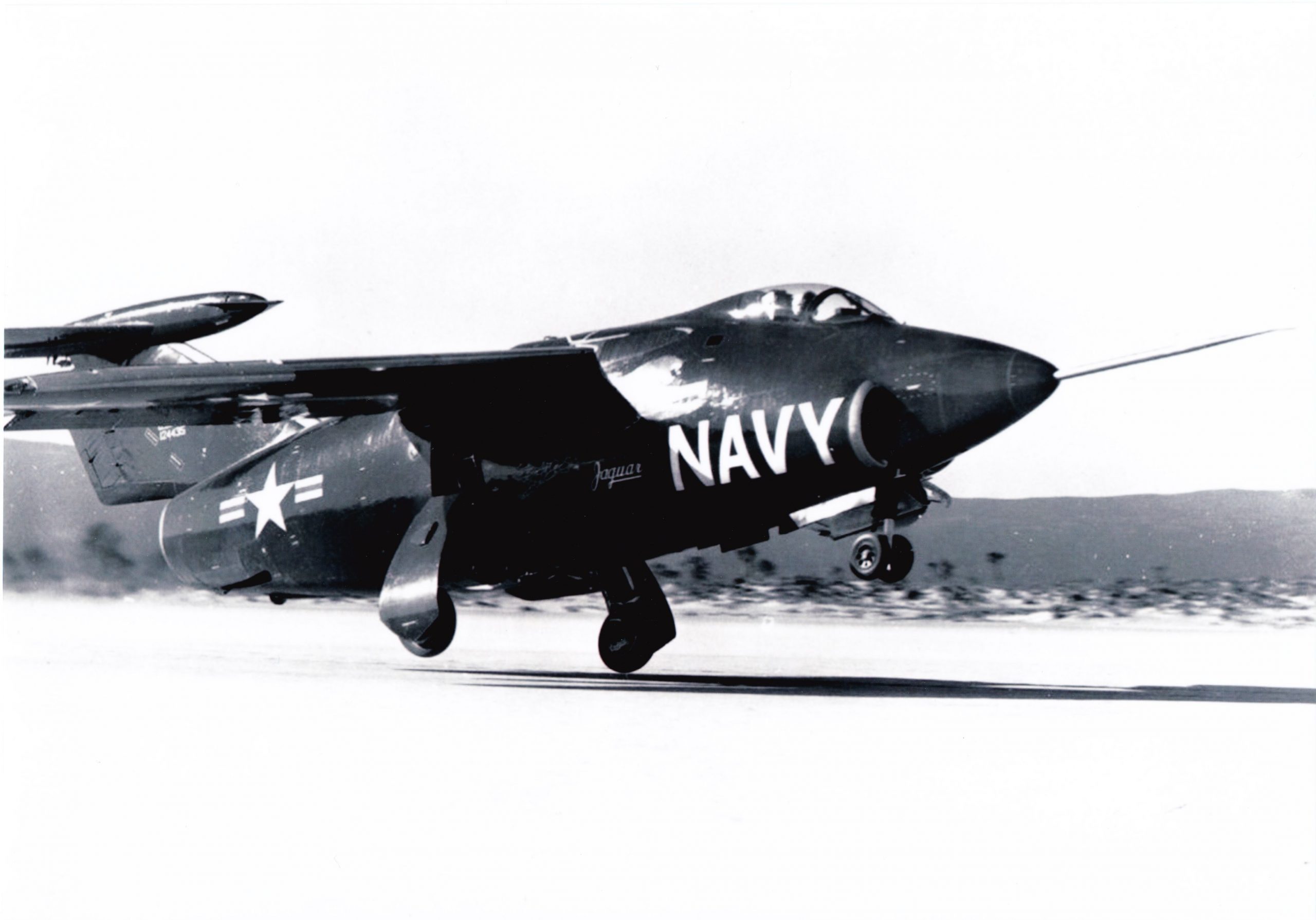
Grumman wanted to add variable-sweep wings and a t-tail to their F9F Panther and this is the result. Test pilot Corwin “Corky” Meyer said the Jaguar was fun to fly “because there was so much wrong with it.” Speaking of the Panther, Meyer was behind the controls for the F9F’s first flight and would become the first civilian pilot to be carrier qualified when he lands an F9F-6 Cougar aboard USS Lake Champlain in 1954.
Convair F2Y Sea Dart
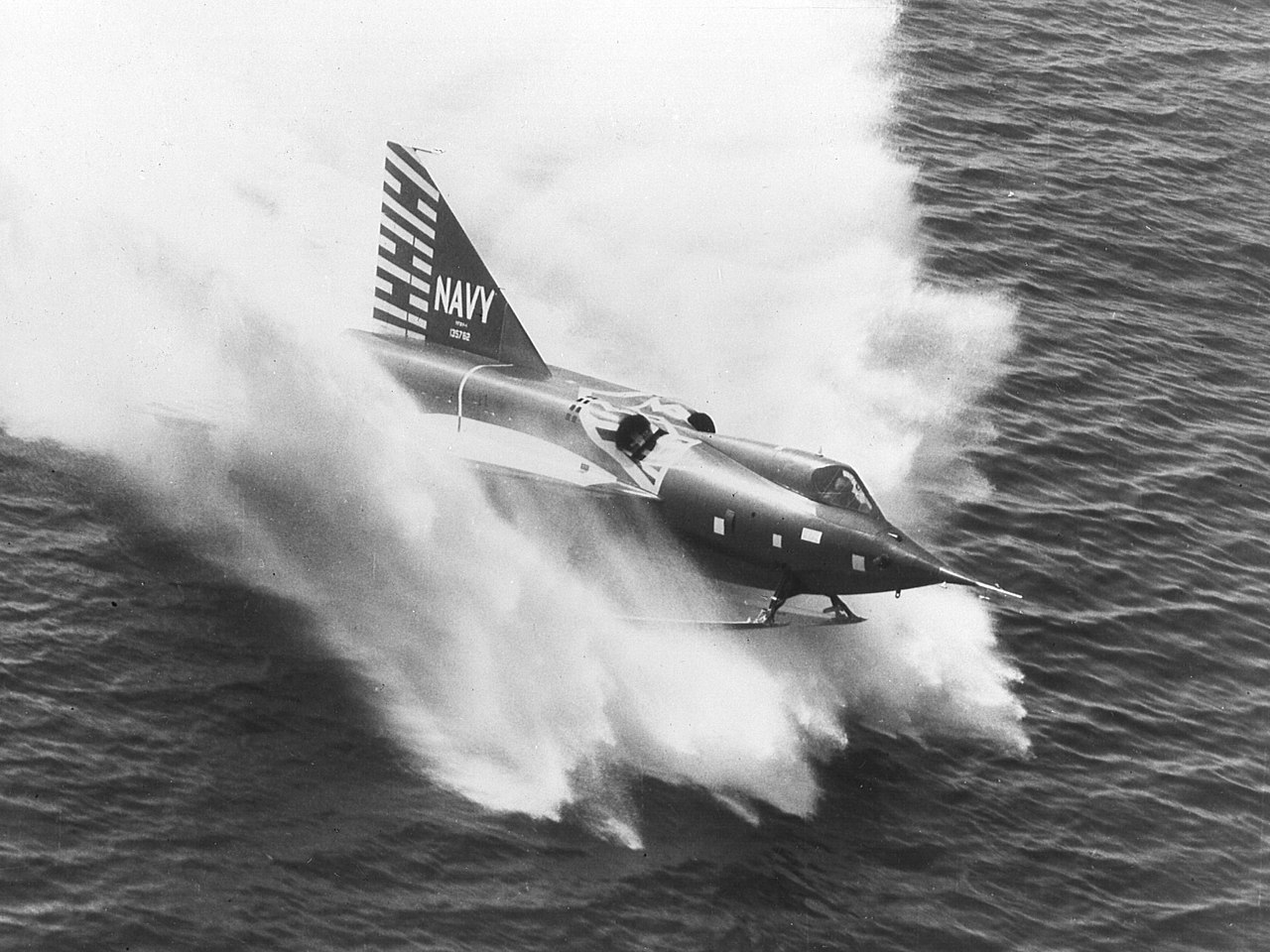
Why on earth would you want a jet-powered flying boat? In 1948 the Navy asked for designs for a supersonic interceptor that could operate off of aircraft carriers. Jet engines still had a lot of bugs to work out and so planes that could break the sound barrier struggled at takeoff and landing speeds. But a flying boat isn’t limited to the deck size of an aircraft carrier when the ocean is its runway. The Navy was also considering the idea of submarine aircraft carriers, and this watertight plane with retractable landing skis would be ideal in that scenario. The Navy began gave up on the idea shortly after a Sea Dart disintegrated over San Diego during a test flight.
Martin P6M Seamaster
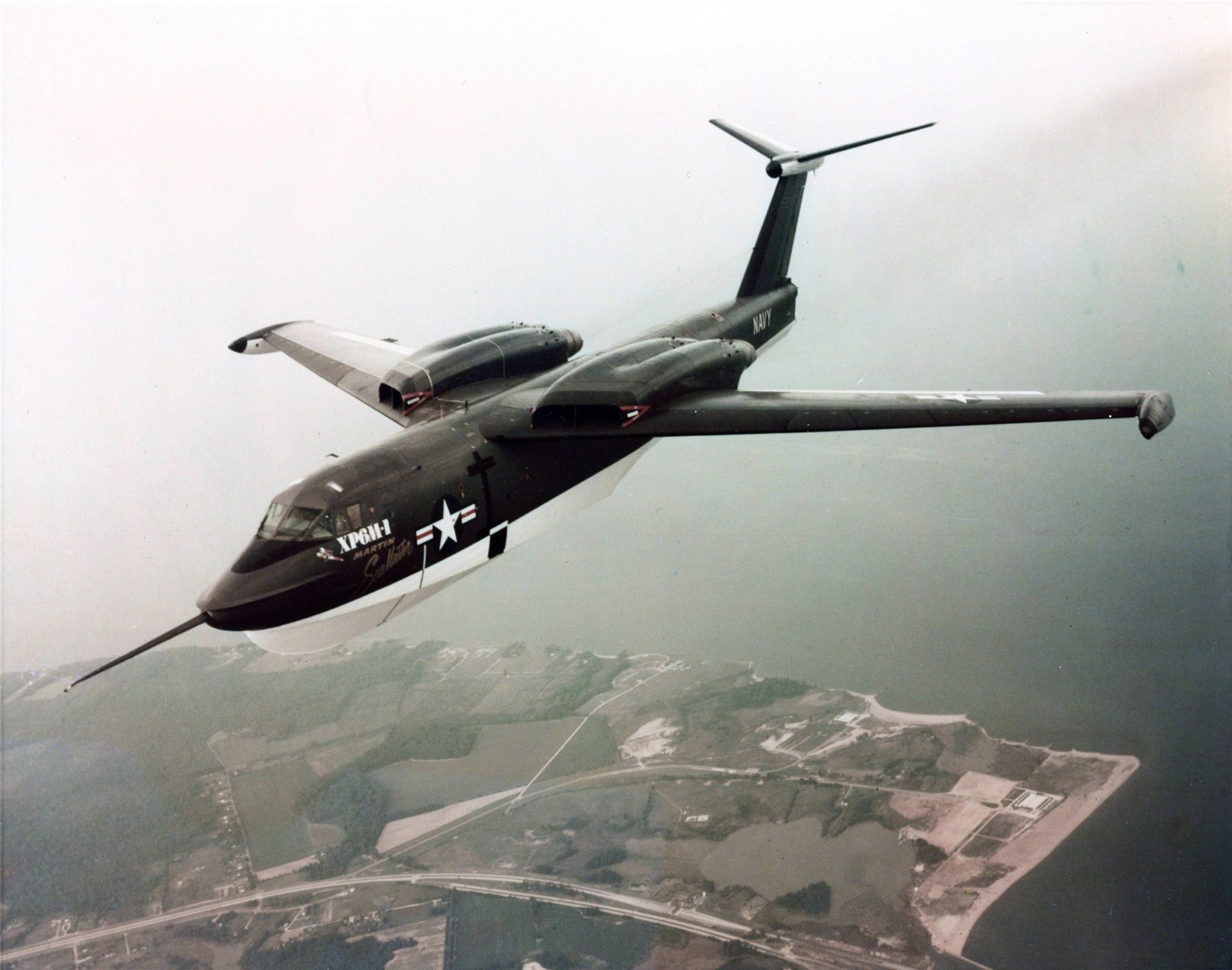
Why stop at a jet fighter flying boat when you could have a nuclear bomber flying boat with afterburning engines? The prototype, shown during the P6M’s maiden flight, broke up when the controls malfunctioned, killing all four crew members. The second prototype also crashed, but the designers had ejection seats installed which saved the crew. It’s four Pratt & Whitney J75 engines were slightly pointed outwards to keep from scorching the fuselage and could fly the boat at 686 miles per hour.
Douglas F3D-2 Skyknight
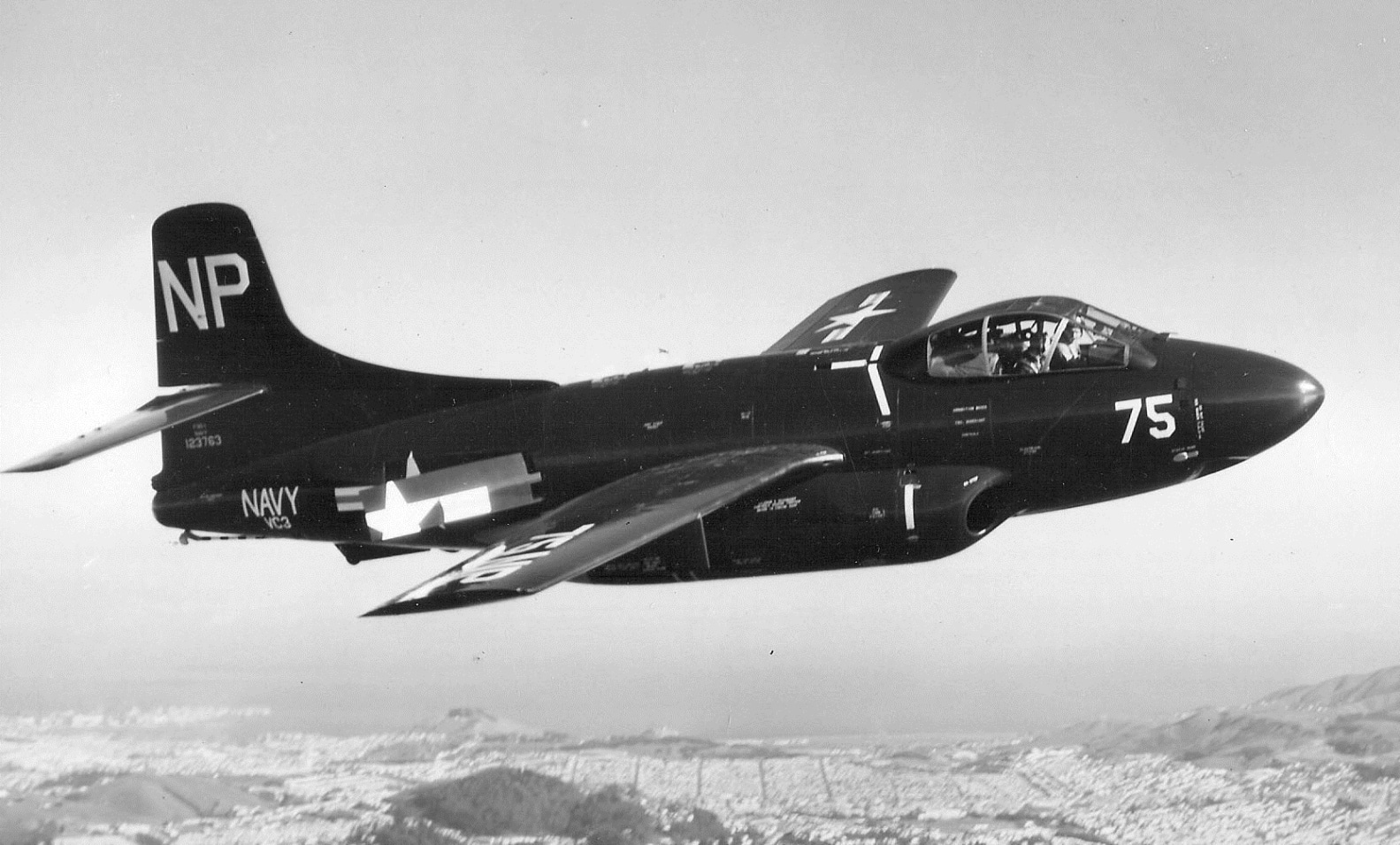
Marine and Navy Skyknights scored more aerial victories than other Naval plane and finished the war with a 6-to-1 kill ratio. The Navy produced one ace, who flew a Corsair, and the sole Marine ace flew an F-86. All the rest of the American aces were Air Force. The radar-equipped fighter was quite effective at night, but also served as an escort for B-29 bombers. The platform later became the F-10 Skynight which continued operating into the Vietnam War.
McDonnell F3H Demon
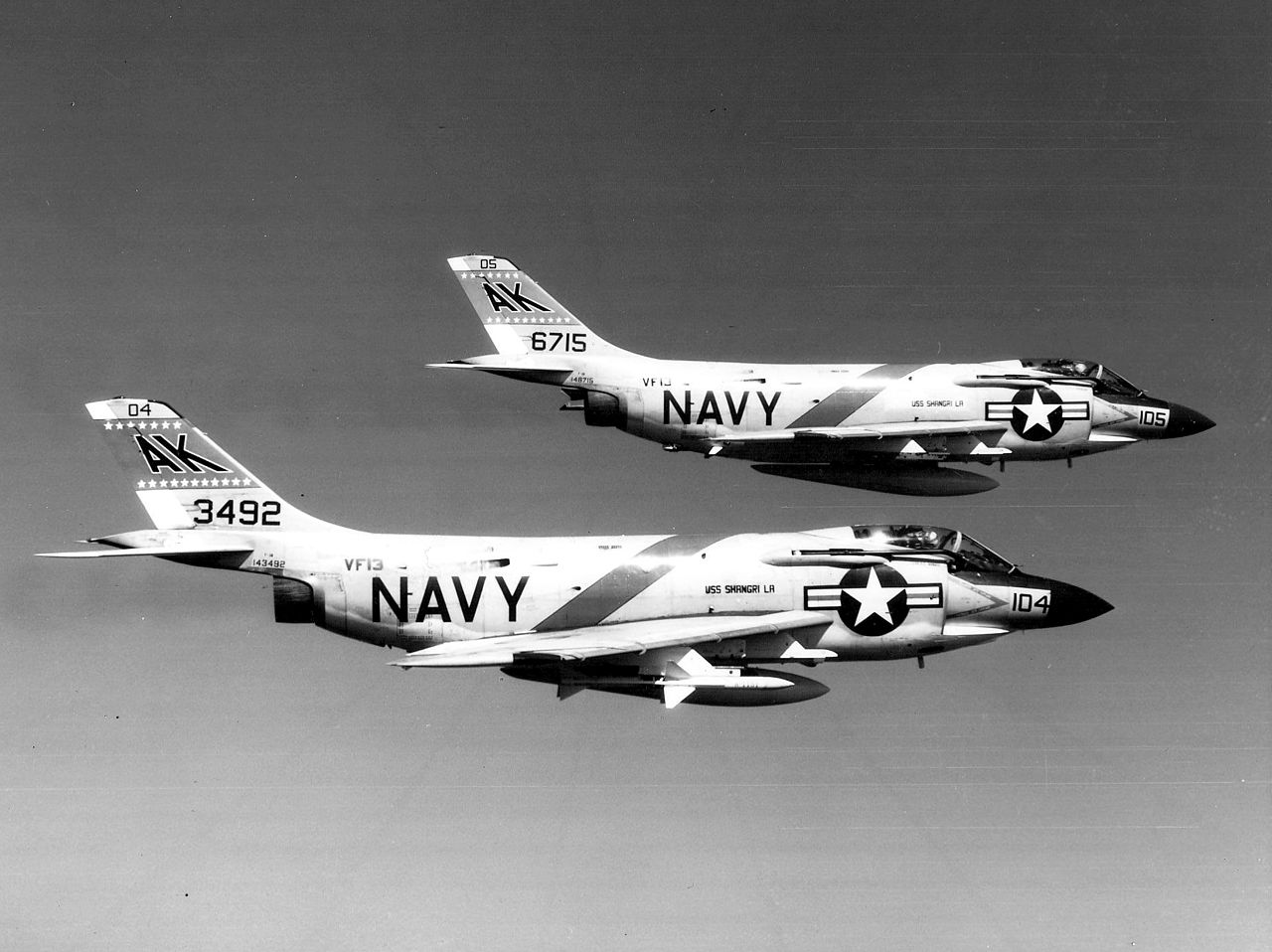
One of the reasons there was only one Naval aviator ace was that the MiG-15 caught the Navy at a bad time. The swept-wing MiG preyed on straight-wing fighters like Phantoms, Panthers, and Banshees. McDonnell was developing a swept-wing fighter and the Navy didn’t even wait for the Demon prototype’s first flight before they began ordering units. Pilots had excellent visibility once it became operational, but the plane was underpowered, earning it the nickname “lead sled.”
Ling-Temco-Vought XC-142A
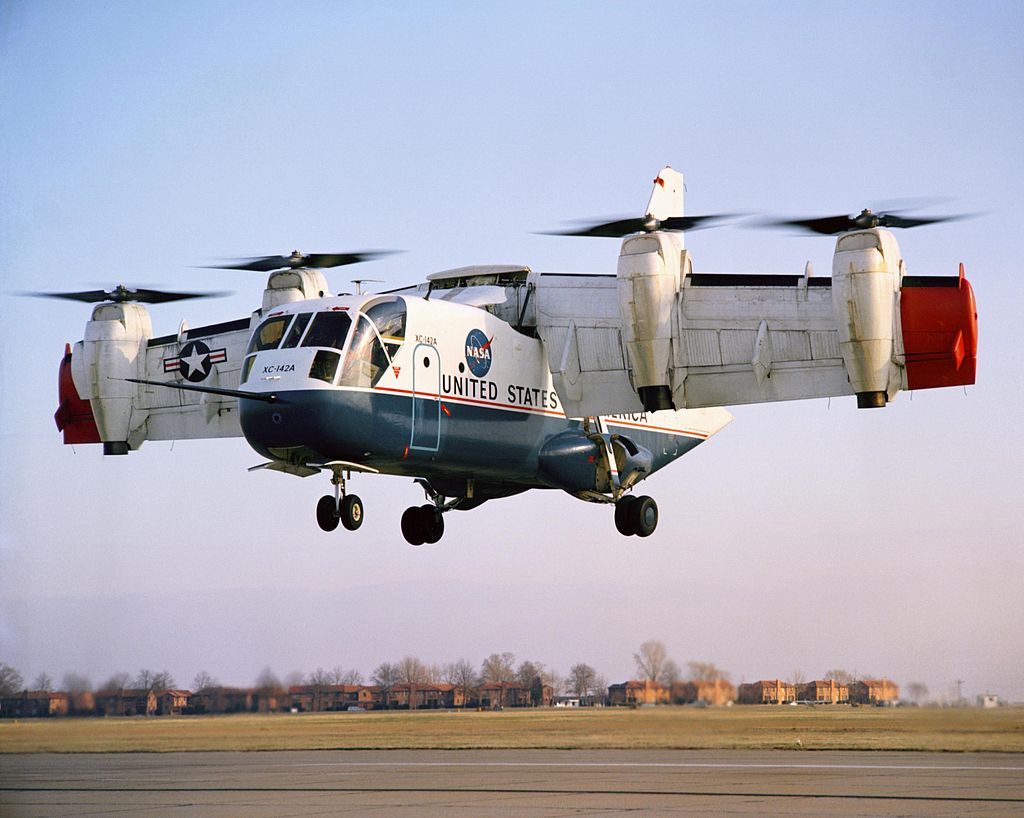
The vertical/short takeoff and landing (V/STOL) transport concept was in the works decades before the V-22 Osprey program started. The Navy, Army, and Air Force jointly participated in the Tri-Service Assault Transport Program in 1961, and on 29 September 1964, the XC-142A took off for the first time. Just a few months later, test pilots performed the first transition from vertical to forward flight. Four cross-linked General Electric T64 turboshaft engines pushed the aircraft past 400 miles per hour and could haul 8,000 lbs. of cargo or 32 troops. However the concept didn’t pan out, and was turned over to NASA in 1966.
Sikorsky CH-37 Mojave
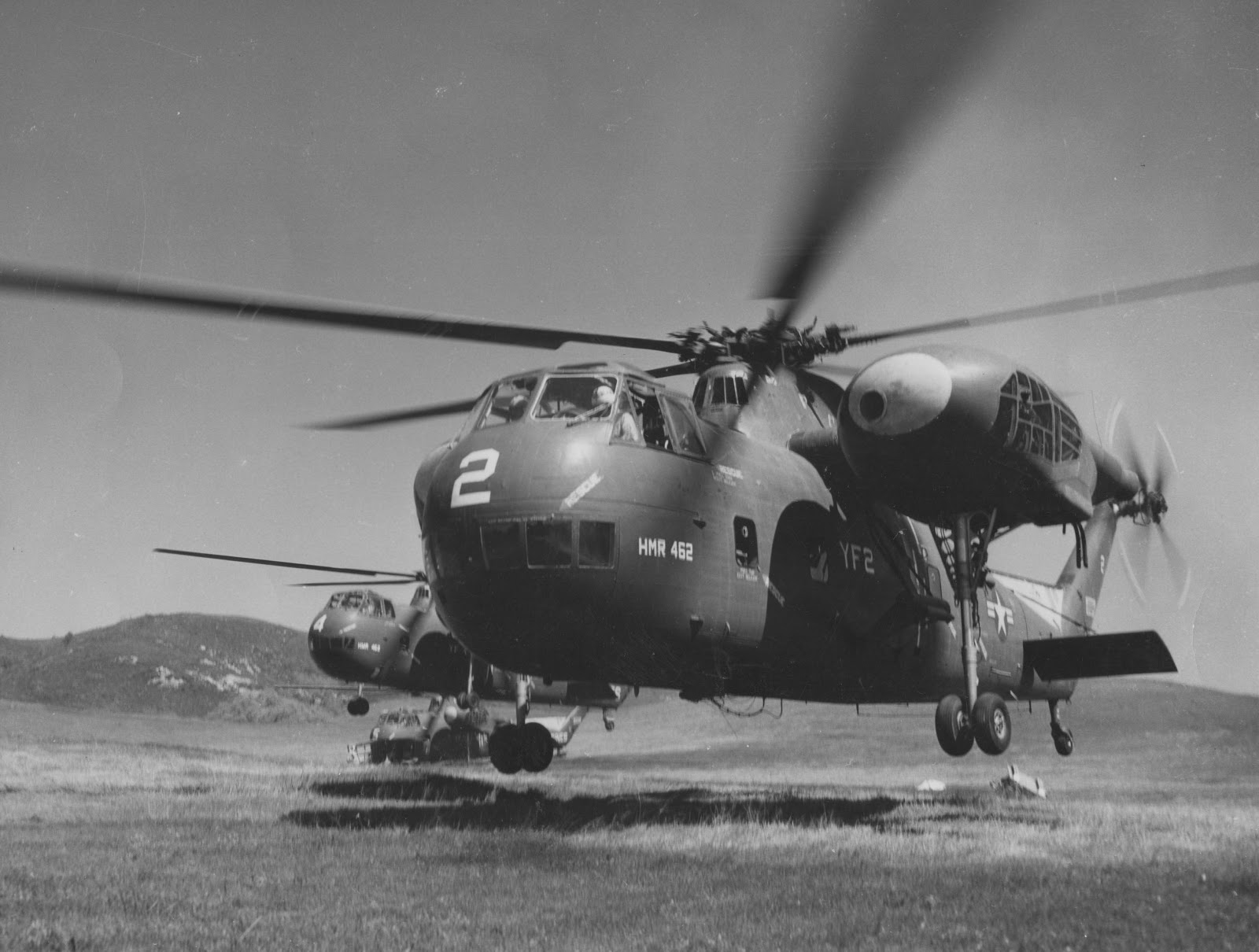
Sikorsky’s first twin-engine chopper was the largest (non-Soviet) helicopter in the world when it became operational in 1956. The clamshell cargo doors underneath the cockpit made for fast loading and these “Cross-Eyed Monsters” could haul 28 combat-equipped troops, 26 litters, or even utility vehicles. During the Vietnam War, Mojaves were used to recover downed aircraft and would be phased out in 1966 by the CH-53 Sea Stallions.
Aero Spacelines “Pregnant Guppy”
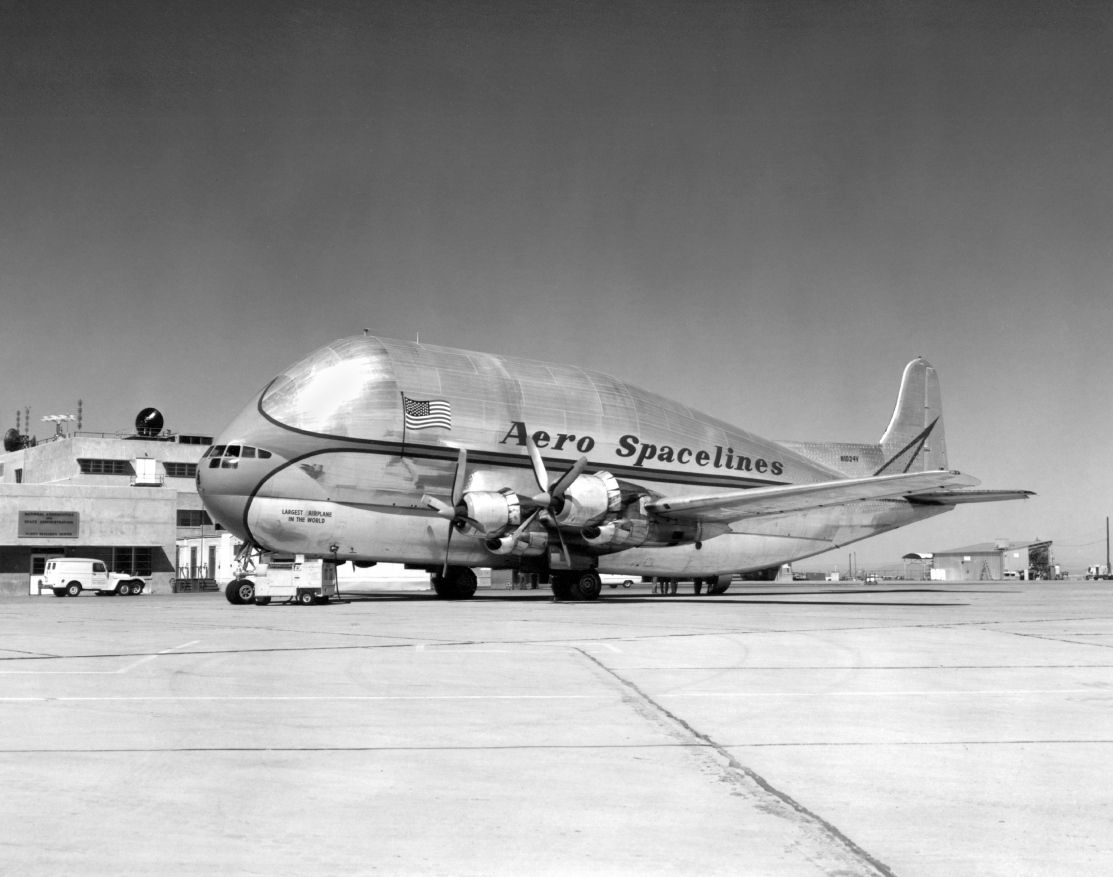
When the president wants a man on the moon in less than ten years you don’t have time to load your Saturn rocket stages onto a ship, and they are too big to travel by road or rail. John Conroy of Aero Spacelines, Inc. took a surplus Boeing 377 (a more girthy version of the B-50, which is a larger B-29 Superfortress) added a length of fuselage section from another 377 and doubled the cargo volume by expanding the plane’s circumference. Just before Conroy ran out of cash his plane was declared airworthy and began hauling the massive loads NASA needed for the Apollo program in 1963.
Aero Spacelines “Super Guppy”
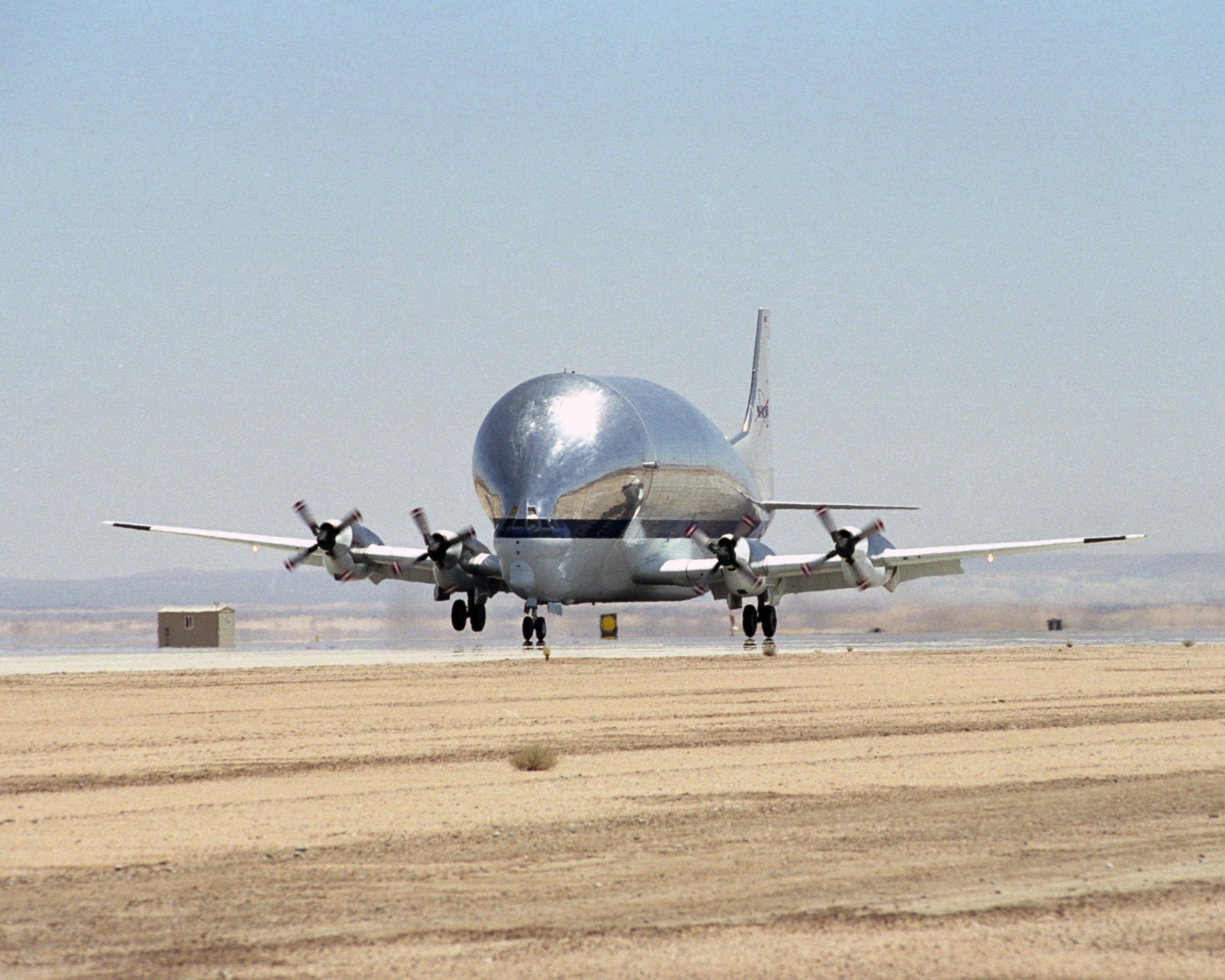
NASA still operates this Super Guppy, which has a 25-foot-wide cargo compartment. Still using a Boeing 377 fuselage, the engines were upgraded from the Pregnant Guppy’s Pratt and Whitney Wasp Major radials to Allison T56 turboprops — the same power plants that drive the C-130.
Fairchild AU-23A Peacemaker
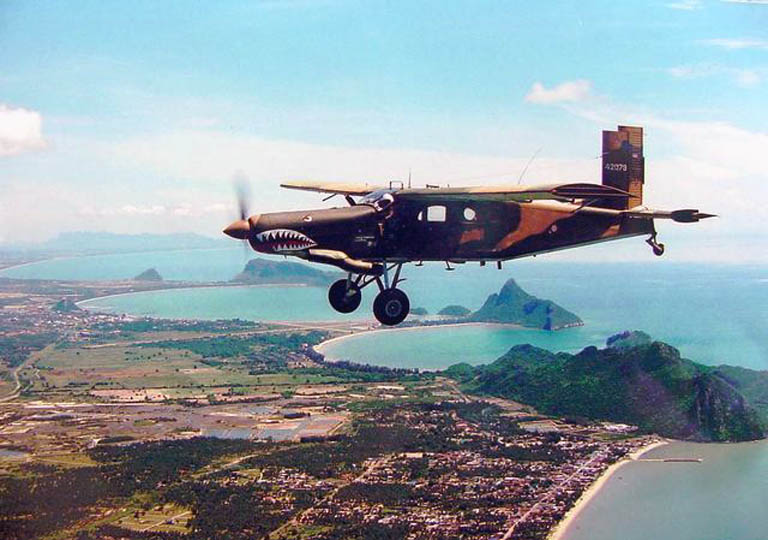
You may be thinking this looks like a Pilatus PC-6. That’s because it is. The Air Force fitted several aircraft with an XM-97 three-barreled 20-mm. gun as well as external pylons that could carry napalm, cluster bombs, forward-firing guns, and rocket pods. The 4400th Special Operations Squadron tested the Peacemaker and found that they would need a lot more work to be an effective counterinsurgency aircraft since the engine wasn’t powerful enough to make a quick getaway and there was no protection from the crew from ground fire.
